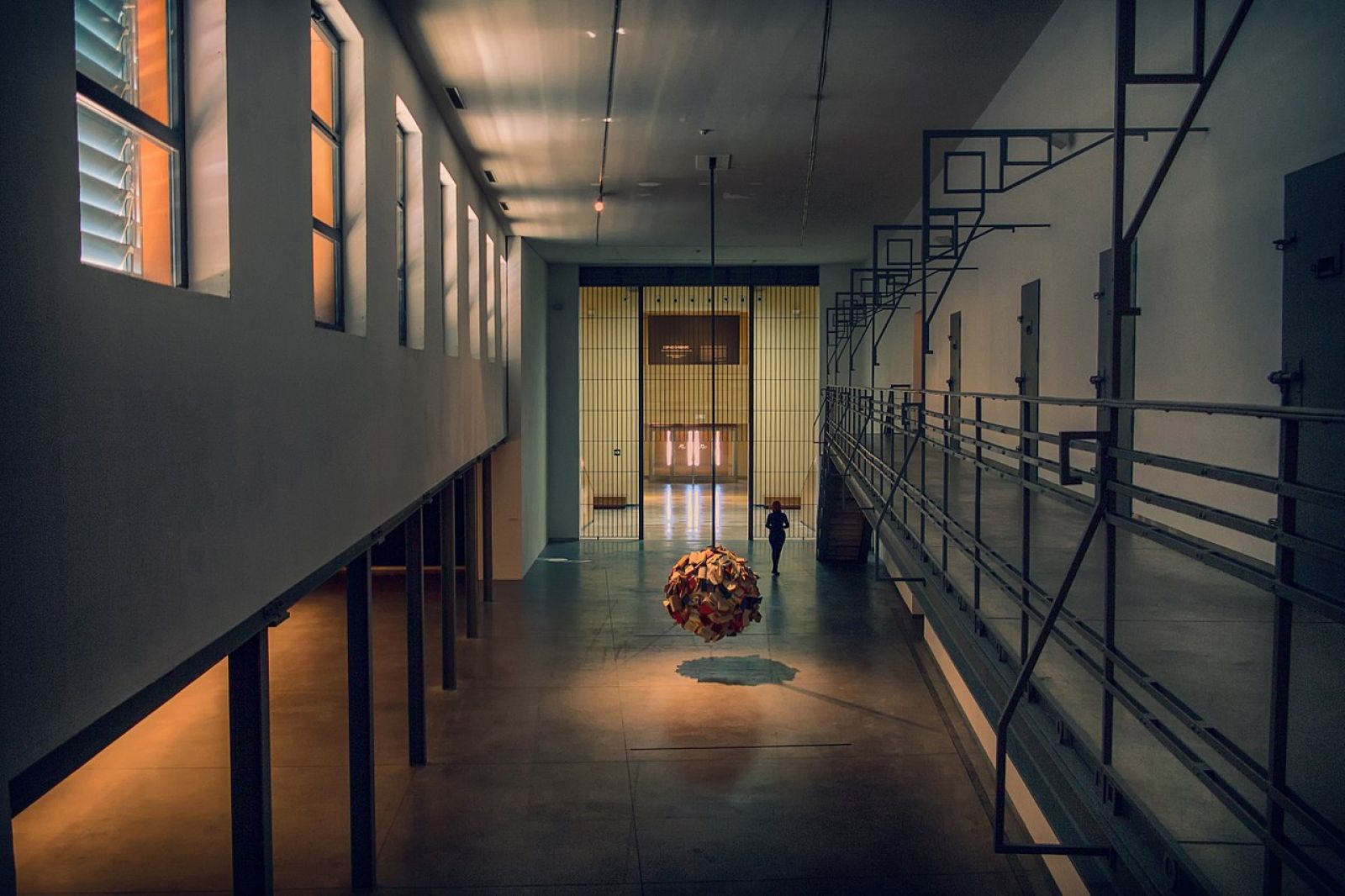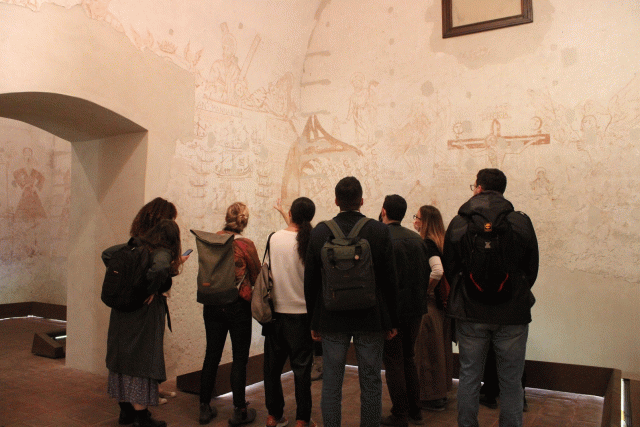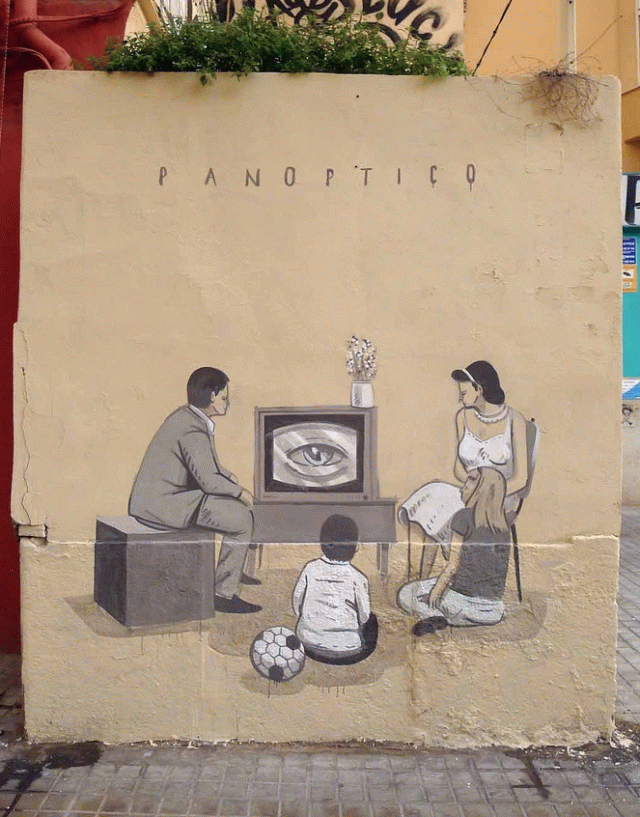Workshop
GAP Project – Graffiti Art in Prison
Cultural heritage management: reusing prisons as spaces for contemporary art
Prisons are historical constructions, considered nowadays as a trace of history, most evident through the existence of historical graffiti. In general, this typology is linked to dark emotions and feelings, such as pain and repression. In this sense, prisons are one of the best examples of ‘dissonant heritage’, a new concept in the field of heritage studies. On the one hand, these buildings could have some important values for the history of architecture and the conservation of cultural heritage. On the other hand, they could be transformed in something different with the introduction of new uses, for instance exhibition of contemporary art, but other possibilities for reuse will be explored. Accordingly, in this week we will study prisons from the heritage point of view, considering their cultural value, analyzing potential new uses, and exploring the possibility of contemporary art, including graffiti, to change the uncomfortable feelings linked to these places.
We will include cases in Spain and in other countries to compare experiences and to evaluate their possibilities to change the perception of society about prisons and prisoners.
Scarica
16 – 20 gennaio 2023
Venue
Zaragoza
Avviso
Questo evento viene documentato fotograficamente e/o attraverso riprese video. Qualora non dovesse essere d’accordo con l’utilizzo di immagini in cui potrebbe essere riconoscibile, da parte del Kunsthistorisches Institut in Florenz a scopo di documentazione degli eventi e di pubbliche relazioni (p.e. social media) la preghiamo gentilmente di comunicarcelo.







